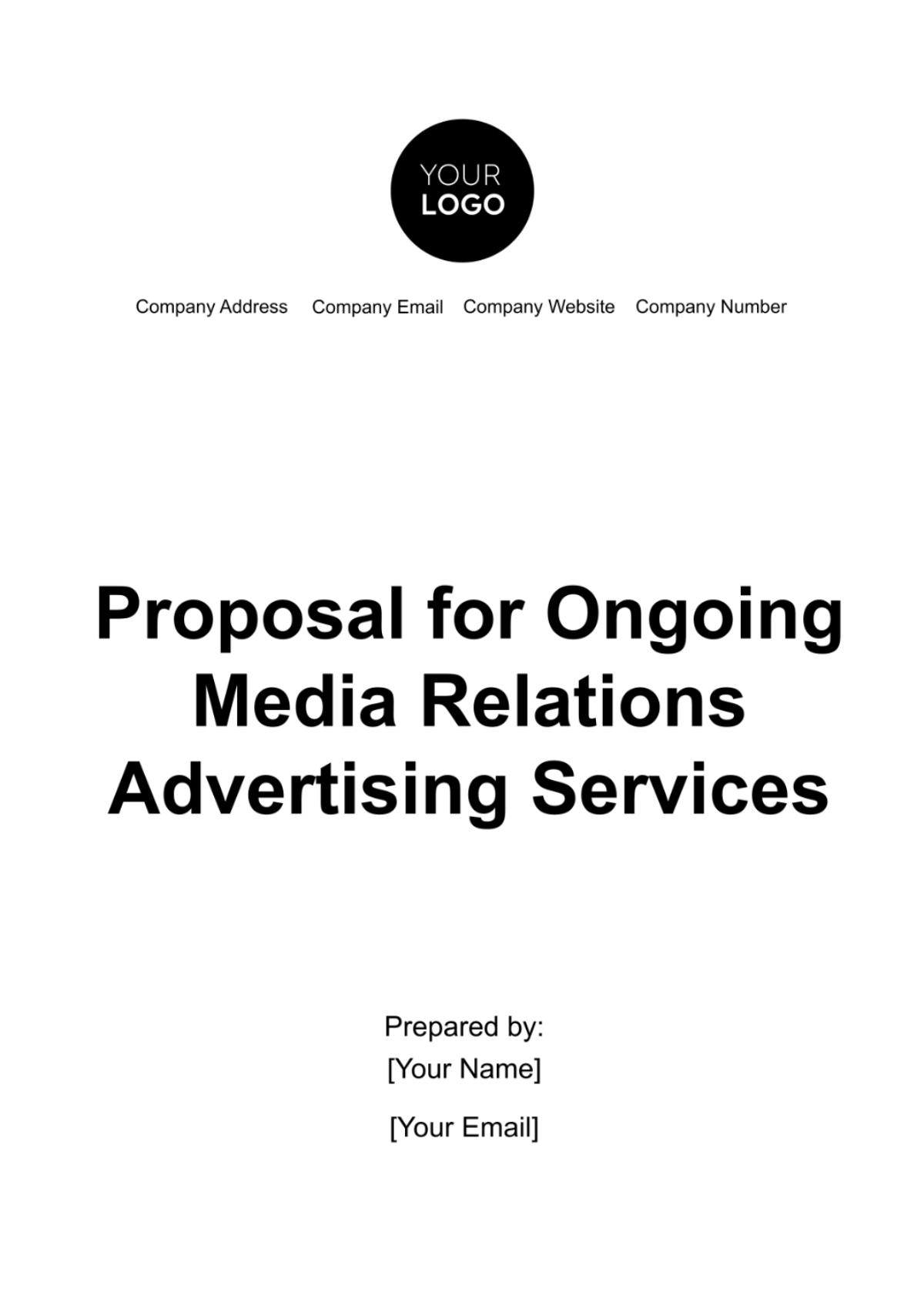Free Proposal for Advertising Research and Insights
Introducing Template.net's Proposal for Advertising Research and Insights Template. This editable and customizable proposal, designed with our Ai Editor Tool, facilitates comprehensive research and insights gathering for effective advertising strategies. Elevate your campaigns with data-driven decisions. Streamline your advertising research process with Template.net's innovative solutions.





























